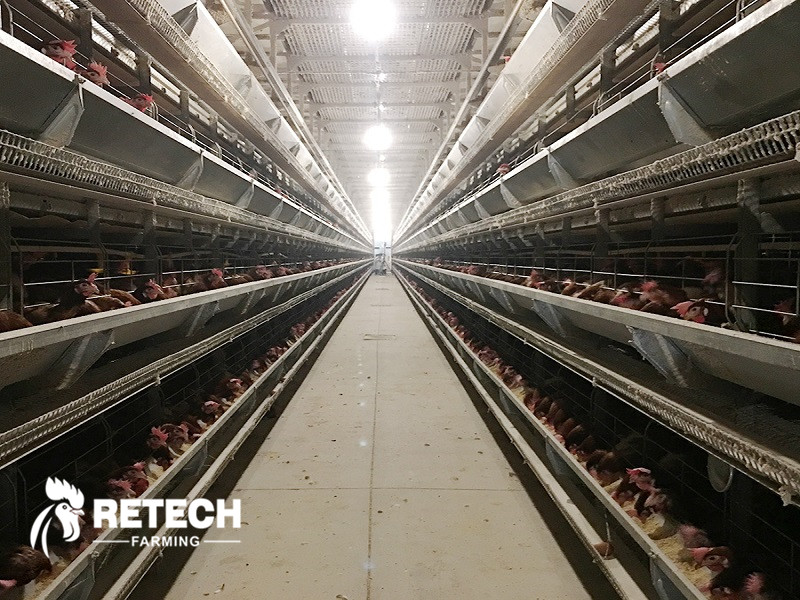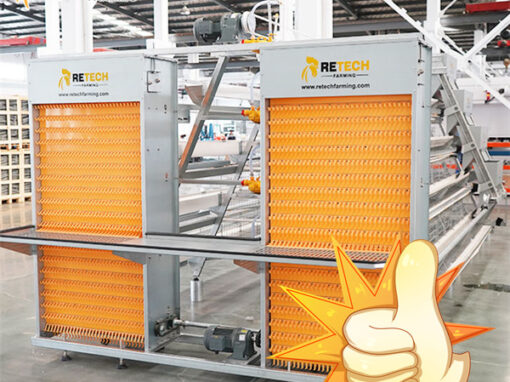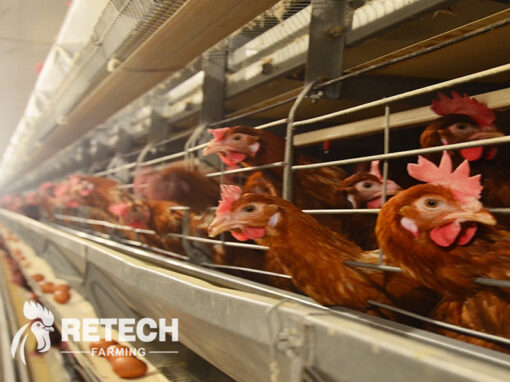Poor coat color and shedding of laying hens will affect the laying performance of laying hens, and will have a direct impact on the high price of chicken sales in the future, affecting the full-term income of chickens.
Disease factors
- External parasites, such as chicken lice and mites, can cause hair loss.
- Adenomyotic gastritis is characterized by the loss of villi, the breaking of large hairs, and the irregularity of the feathers of the whole flock.
- Internal parasites, enteritis, coccidia, Escherichia coli and other chronic wasting diseases lead to poor digestion and absorption of nutrients, and chickens will peck their feathers, resulting in dull coat color.

Nutritional factors
- The energy level, protein level and amino acid level during feed preparation, especially when the sulfur-containing amino acid is deficient, directly affects the synthesis of keratin, the main component of feathers, causing laying hens to lose a lot of feathers, and some even lose their whole body. slow to grow.
Zinc is the structural substance of feathers, and a lack of zinc results in brittle feathers. Low-zinc diets cause poor feather growth, brittle texture, scaly skin, and easy wear at the ends of feathers.
In severe cases, all wing feathers and tail feathers are worn away. However, excessive zinc content in the feed will cause a significant decrease in the feed intake of laying hens and lead to loose feathers or even moulting.
- When the chicken house environment where the chicken flock is located, the feed intake of the chicken does not reach the minimum standard of nutrition required by the flock, resulting in hair loss of the laying hens.
In most cases, hair loss due to nutritional deficiencies is often accompanied by a decline in flock egg production.
Therefore, the key to determining whether the shedding of laying hens is caused by nutritional deficiencies is to pay attention to the quantity and distribution of shedding within a large flock and the variation of egg production in the whole flock.

External factors
- The trampling and falling, the chicken cage is crowded, and the chickens trample on each other during the process of grabbing food, causing the feathers on the back of the chickens to be trampled and dropped.
- The nipple leaks, causing the chicken to get wet, and the water will wash off the oil on the surface of the feathers. After the chickens are turned off, they are afraid of the cold after resting.
- The surface of the cage is not smooth and has burrs, causing the chicken feathers to be mechanically scraped off.
 If the chickens in your coop are experiencing this problem, you can contact me for help~
If the chickens in your coop are experiencing this problem, you can contact me for help~


